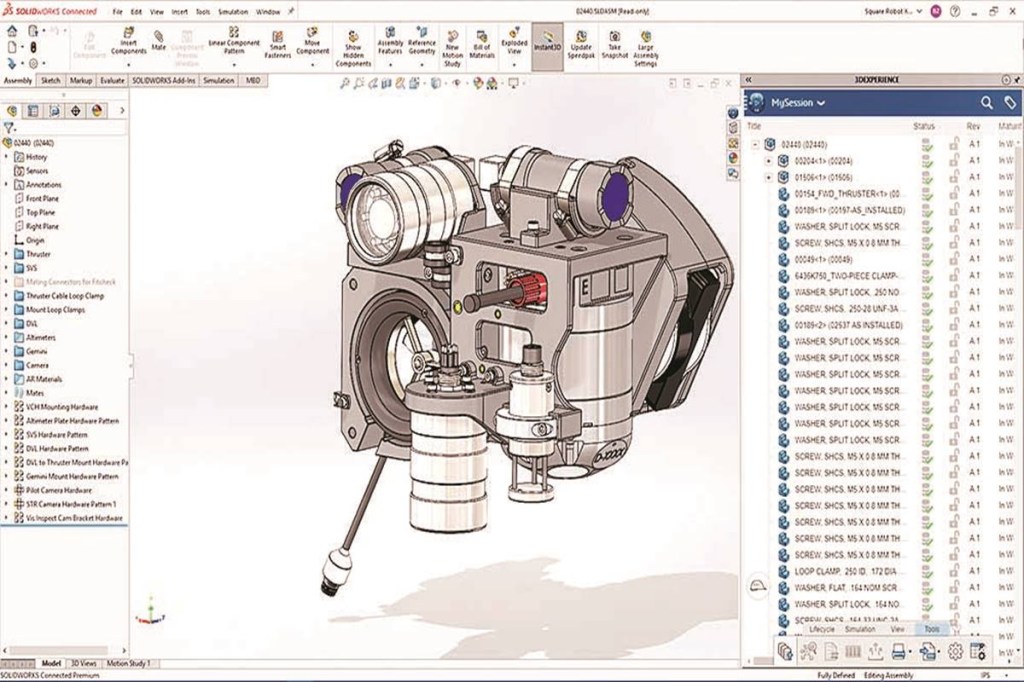AMONG the many approaches needed for transition to Industry 4.0, computer-aided design (CAD) will be one with a prominent role to play. Over the years, CAD has helped increase productivity of companies, simplified design sharing, and helped cut product development costs and shorten product development time. From Sketchpad in the 1960s to CATIA in the 1970s and 1980s to SolidWorks in the 1990s, CAD has come a long way. In fact, this month, SolidWorks—published by Dassault Systèmes—released the 29th version of its solid modelling computer program, SolidWorks 2021.
“SolidWorks 2021 enhances the capabilities and workflows for users every day for design, documentation, data management, validation, and more. Users can also expand the capabilities by connecting to the 3DExperience Works portfolio to tackle more challenges and accelerate innovation together,” said PM Ravikumar, India management director, SolidWorks & 3DExperience Works, Dassault Systèmes.
While SolidWorks 2021 is an improvement over the 2020 version—across design, governance, manufacturing and marketing and sales domains, including better assembly and drawing performance, eDrawings, electrical 3D routing, and so on—possibly the biggest advancement this time round is in the area of collaboration.
Suchit Jain, VP, Strategy, SolidWorks, said that the future of design is collaboration. In its 2021 version, the SolidWorks 3D CAD solution has been connected to the 3DExperience platform, to form a single cloud-based product development environment. The company said now one can connect the right people with real-time information and the right tools—on one unified platform—to make better decisions faster.
In addition to being available to companies, SolidWorks is also available for the academia, research, students and entrepreneurs and startups.
